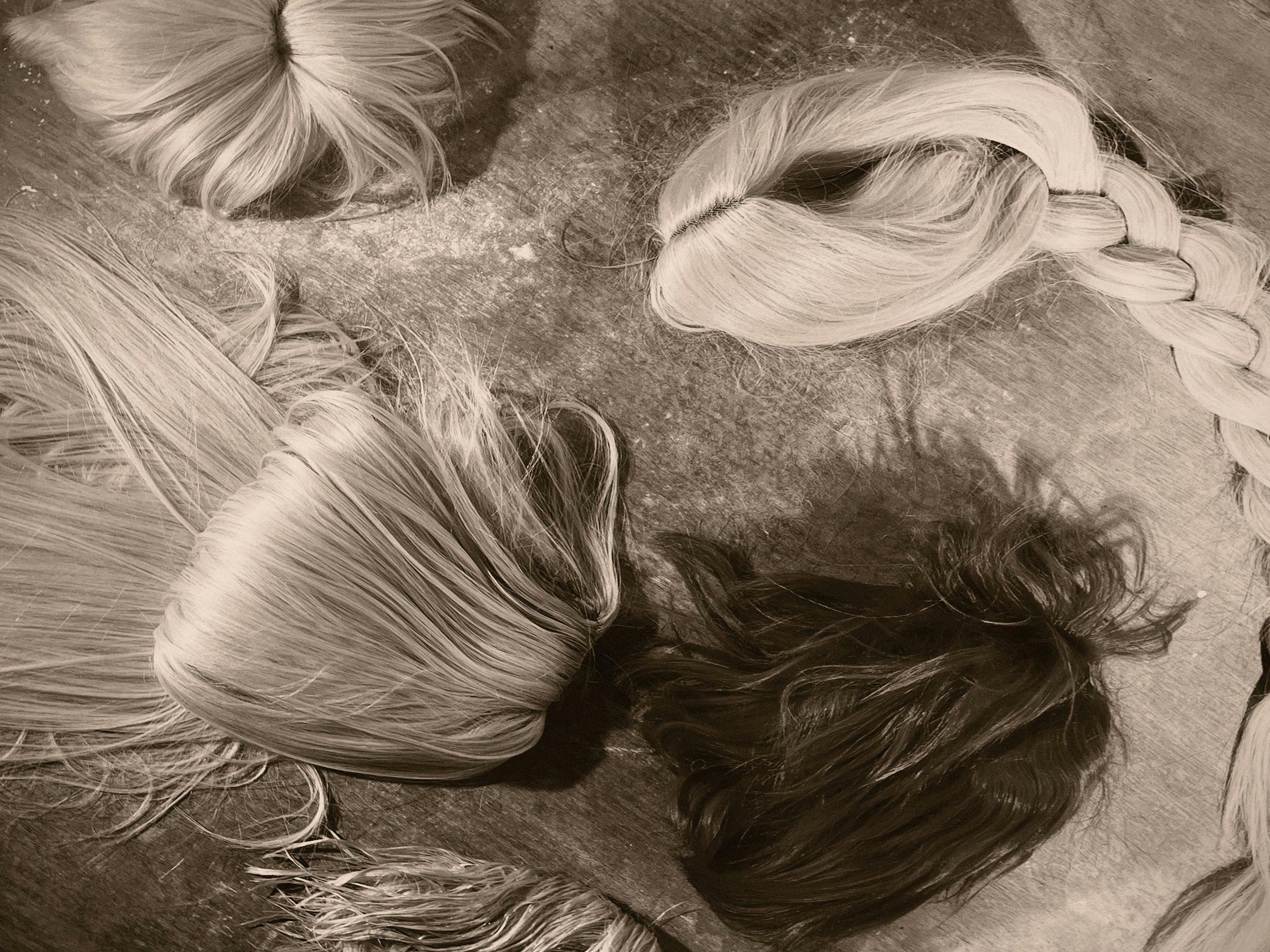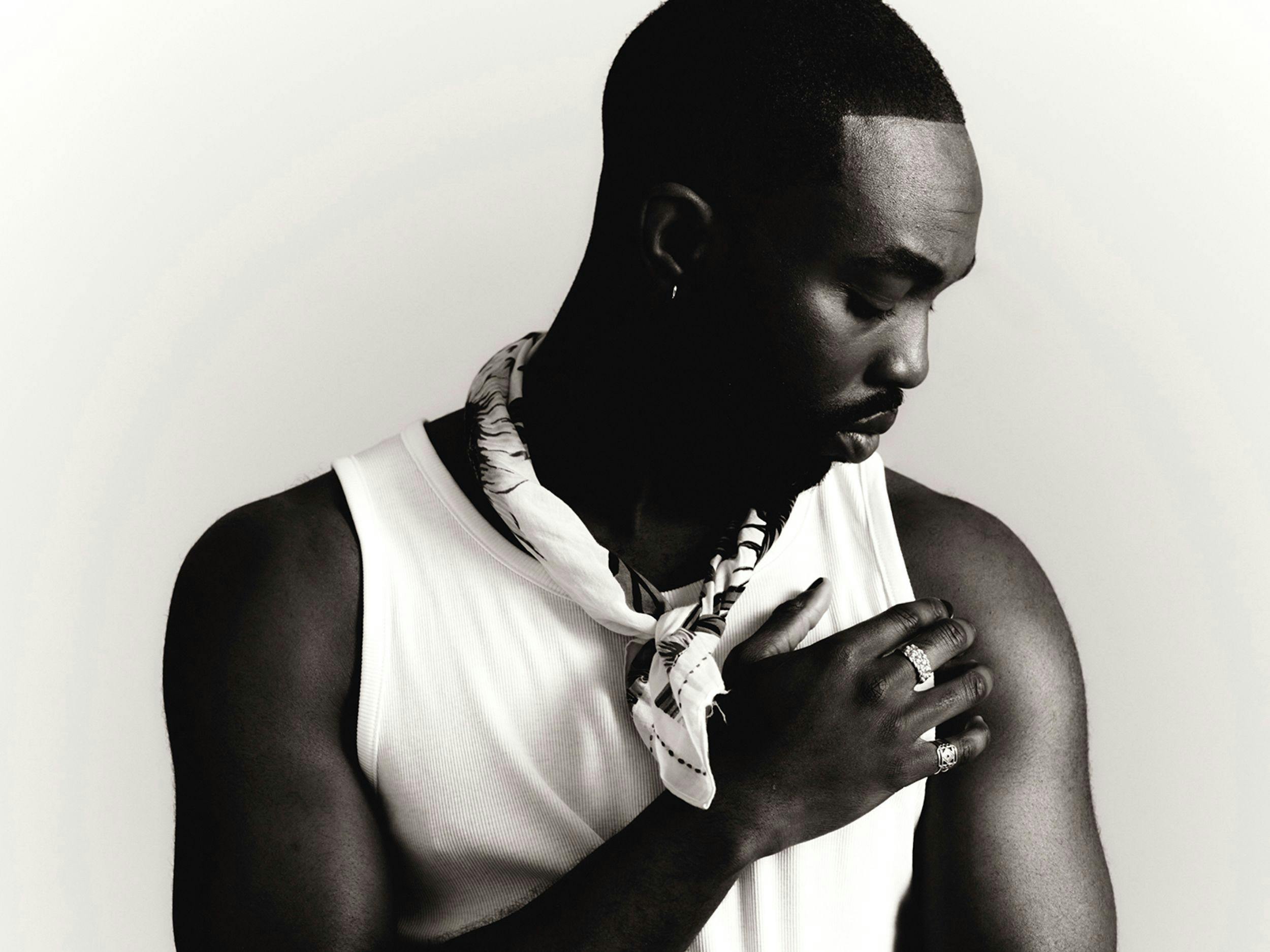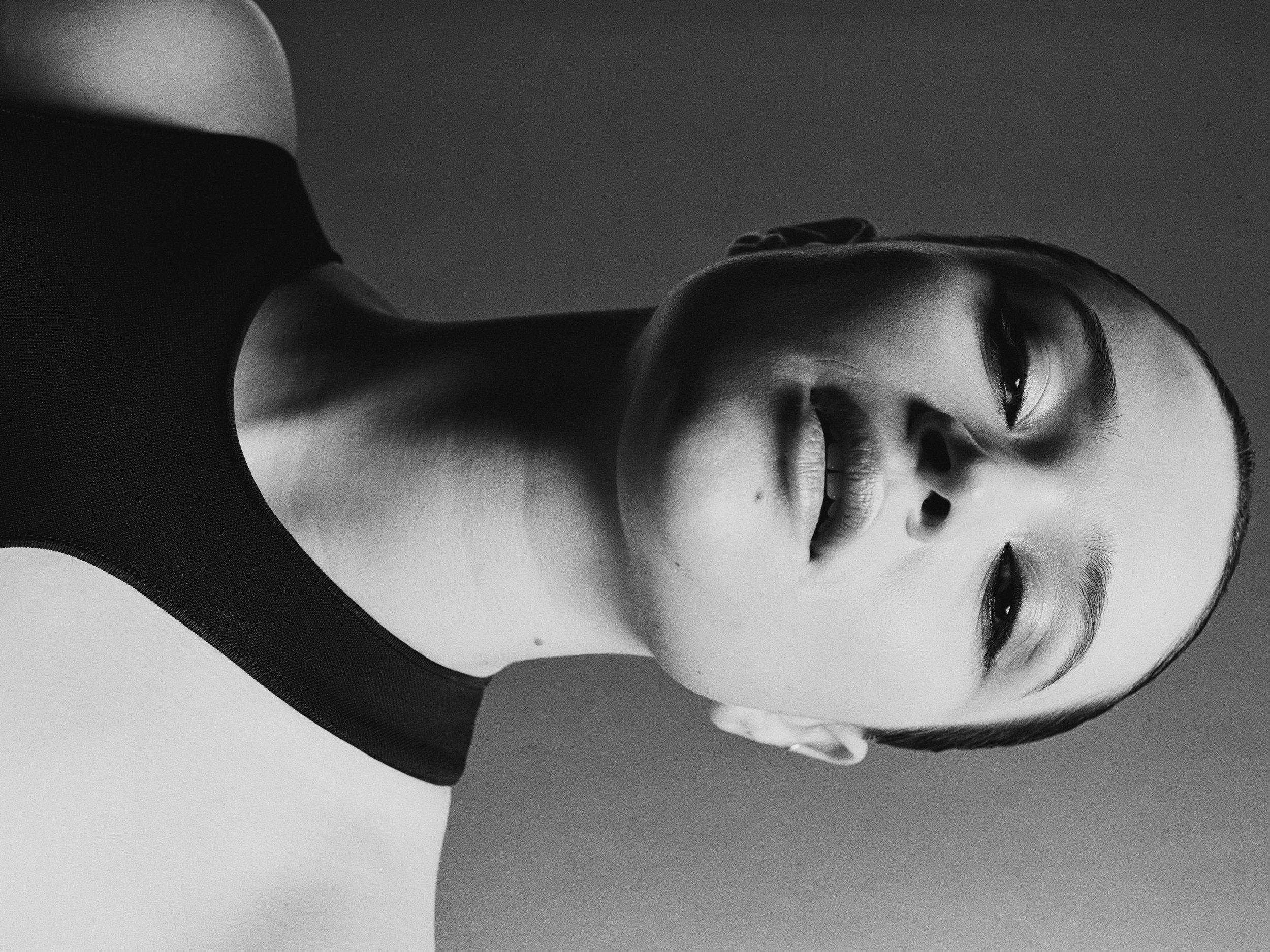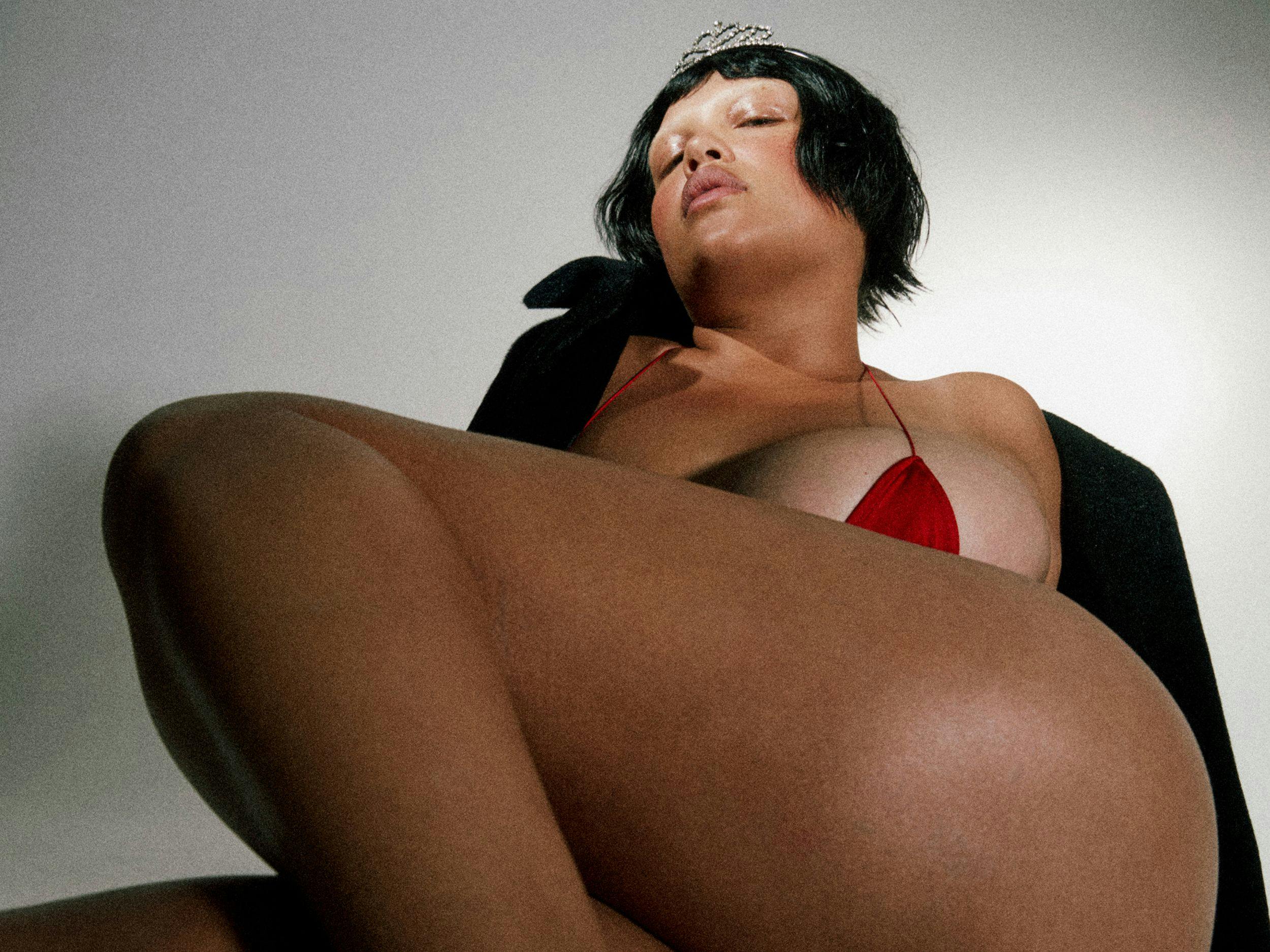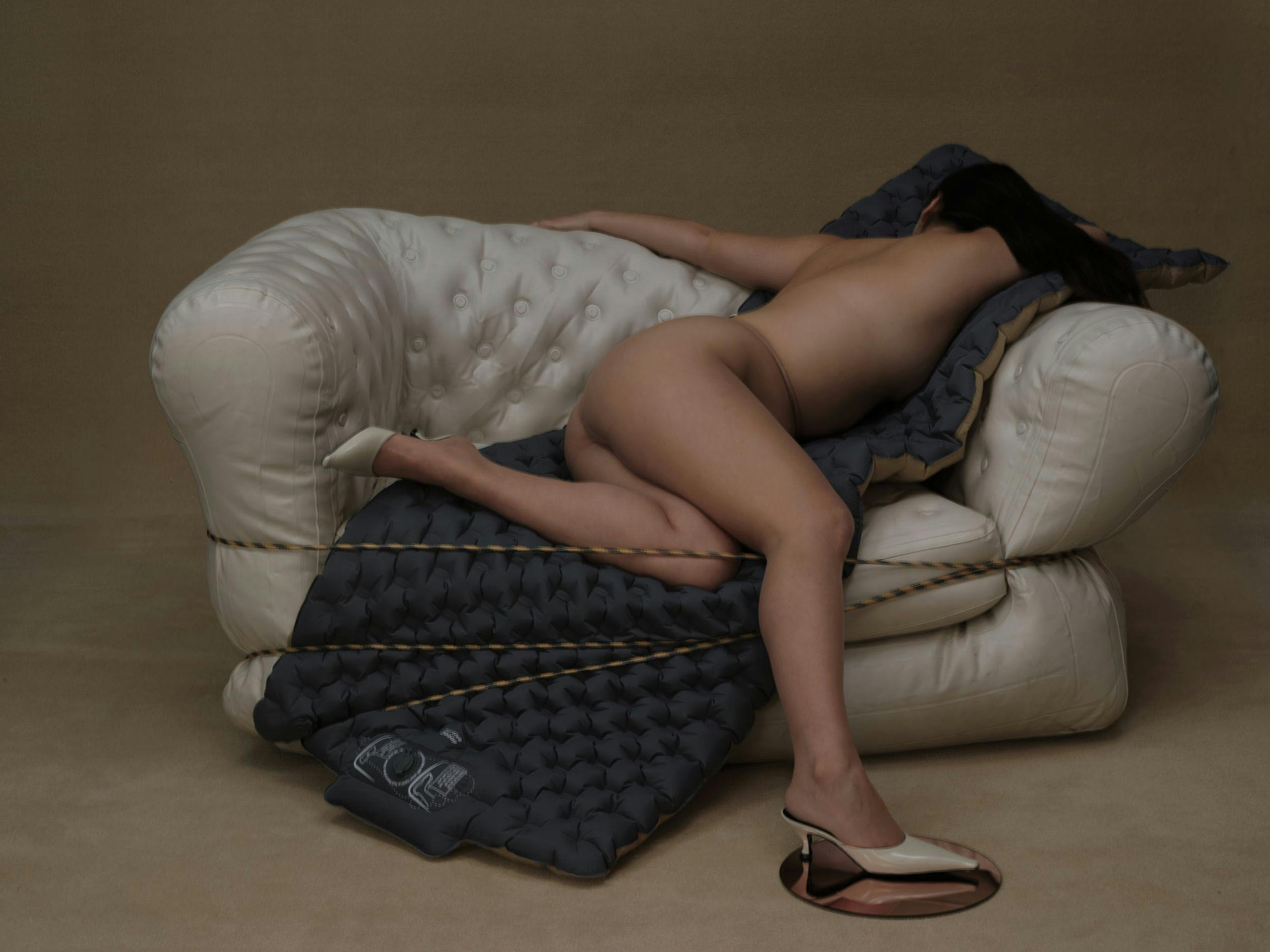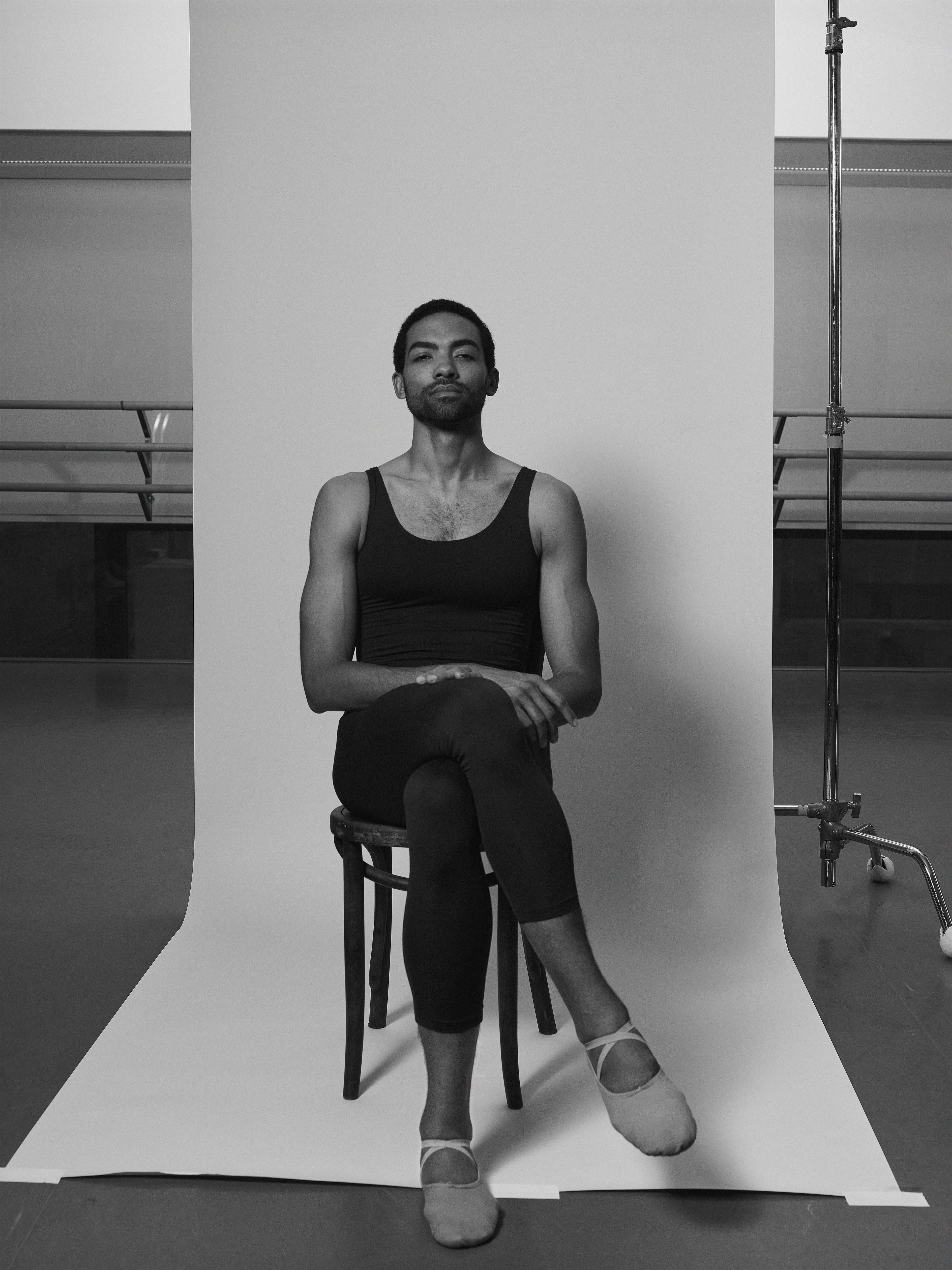
Live from New York: Silas Farley
When Silas Farley retired from the New York City Ballet corps de ballet at twenty-six years old, just as Covid-19 was shutting down theaters and companies across the world, throwing ballet’s future into a tailspin, he knew where he was headed.
“From when I was seven years old, I felt that I was called to participate in the art of dance,“ he says. For most dancers, the path toward success as a ballet dancer looks like what Farley had already achieved. They typically train from a young age to join professional companies and perform as long as their bodies cooperate with ballet’s demands. Retirement from ballet usually comes in a dancer’s late thirties, if they have been lucky enough to avoid injury, and is often an identity shift—what is a ballet dancer if he no longer performs? Farley’s view, however, has always been longer and more multifaceted.
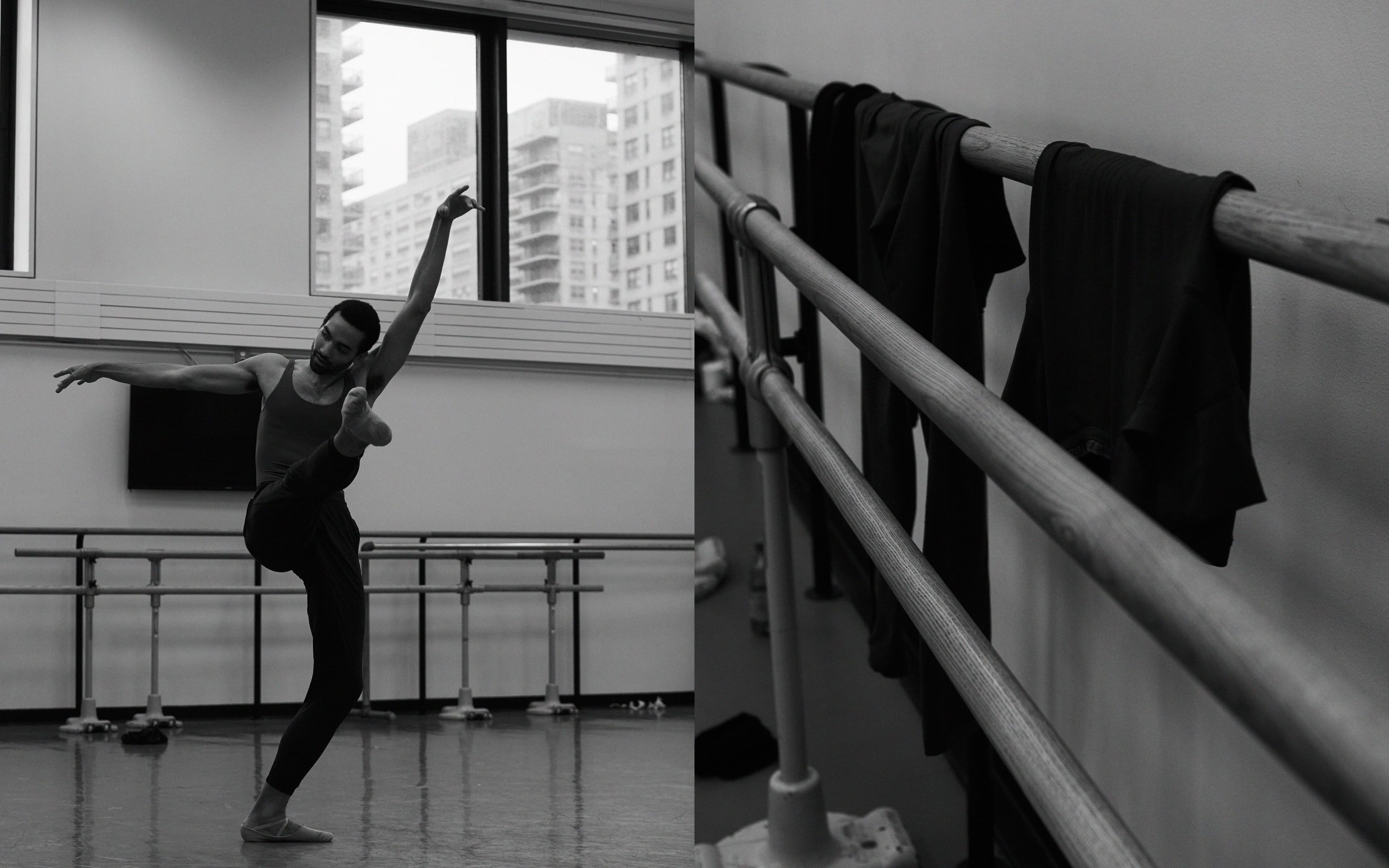
In February 2021, he was announced as the new dean of the Trudl Zipper Dance Institute at the Colburn School in Los Angeles, following the departure of the previous dean, former City Ballet alum Jennifer Ringer. At Colburn, Farley hopes to guide students in cultivating “a love for this particular discipline, and love for it for what it can uniquely embody and uniquely address.“
Farley’s longtime mentor, Darleen Callaghan, is also his associate director. Farley credits Callaghan for allowing him to teach ballet even as a thirteen-year-old student. “I loved teaching,“ he says. “It felt like the place where all the different aspects of my love for dance intersected.“ In teaching, Farley finds “there’s a dimension of teaching, which is choreographic, where you are devising and designing combinations of steps to help the dancers achieve a particular goal.“
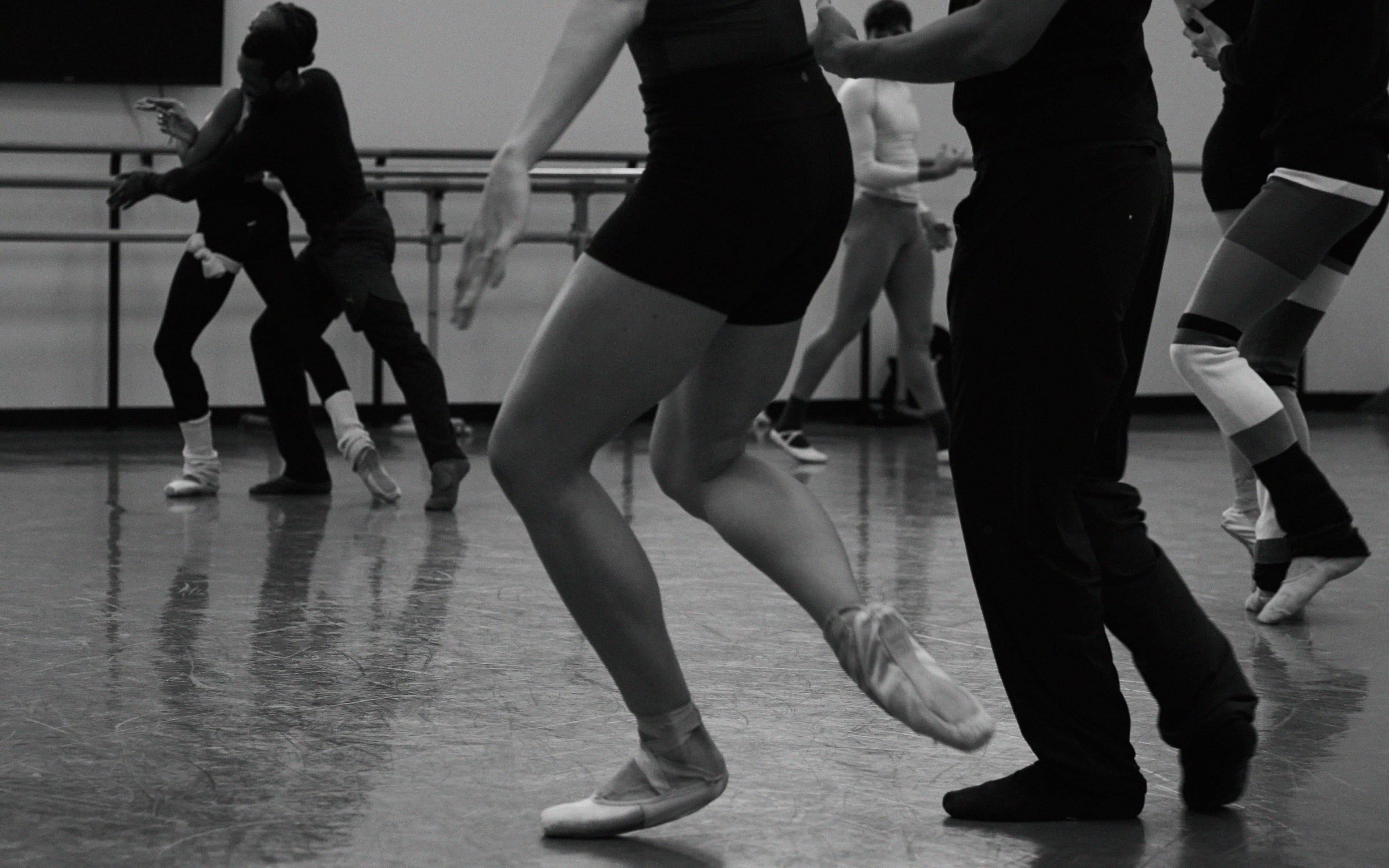
Farley is currently back at New York City Ballet in a new capacity, this time choreographing a new ballet in honor of the fiftieth anniversary of the company’s Stravinsky Festival. Based on compositional notes between George Balanchine and Igor Stravinsky, the new commission, “Architects of Time,“ which premiered on Thursday at the company’s Spring Gala, allows Farley to highlight dancers he spent years dancing alongside in class and rehearsals and onstage. It’s been a delight, he says, using his “special knowledge of how those particular dancers work, of the movement quality that they have, of their particular energy and spirit.“
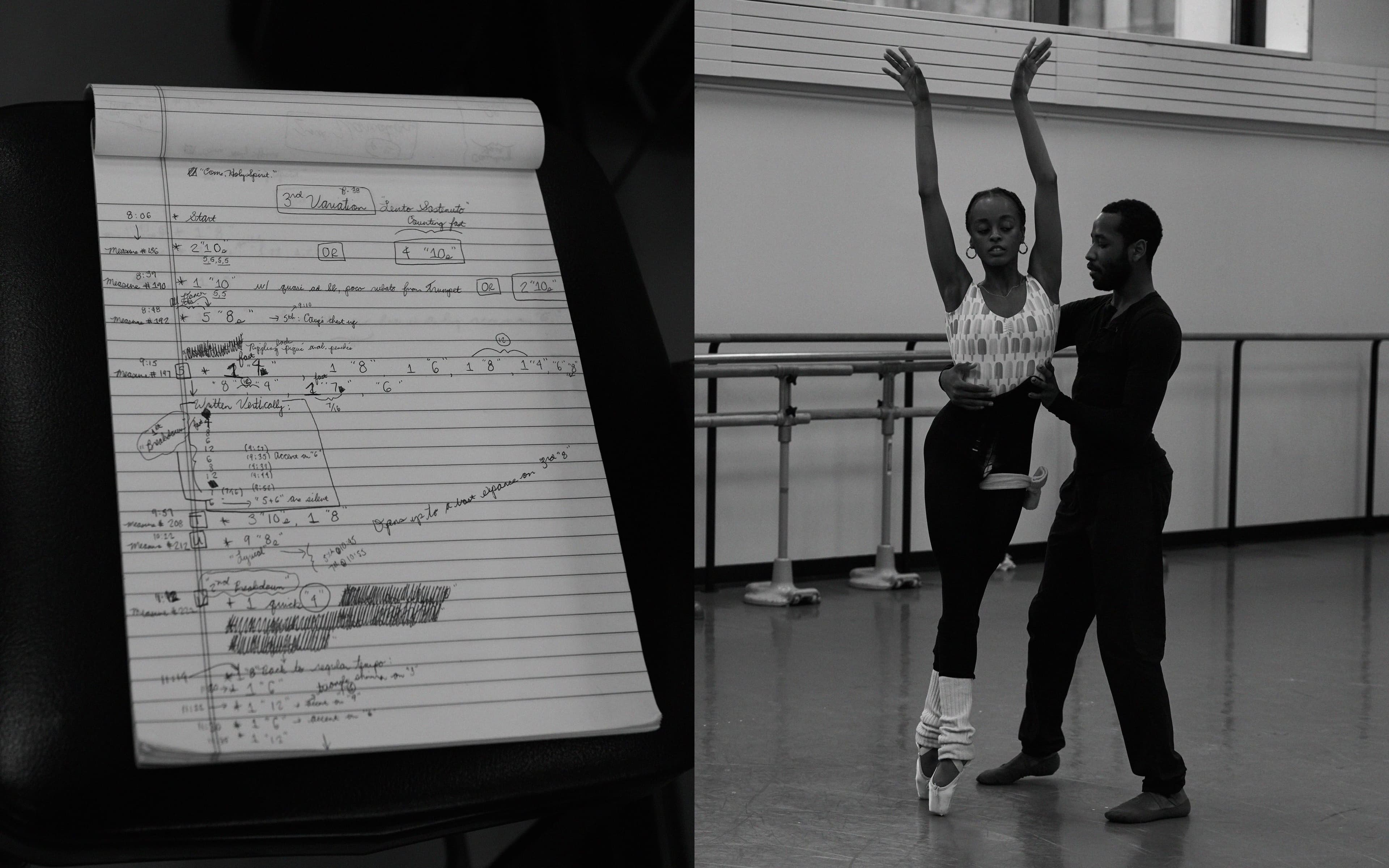
What he refers to as his “calling“ certainly began with dancing, first as a child in North Carolina, later at the prestigious School of American Ballet, and eventually at City Ballet, where he performed from 2013 to 2020. But Farley knew from the start he would eventually want to answer this calling in more capacities than just performing—through teaching, choreography, writing, and scholarship—even if he was performing at the very top of the art form. He has always wanted to “be someone who could articulate and make a case for the importance, the beauty, and the nobility of ballet as a vocation, as a social good, and [as] cultural nourishment.“
The “social good“ of ballet, an art form rife with the same problems as most institutions and even slower to adapt, is a goal Farley has considered deeply. “There’s all these noble ideas embedded in the discipline of ballet,“ Farley says, “about self-mastery, humility, collaboration, a selfless pursuit of beauty and order.“
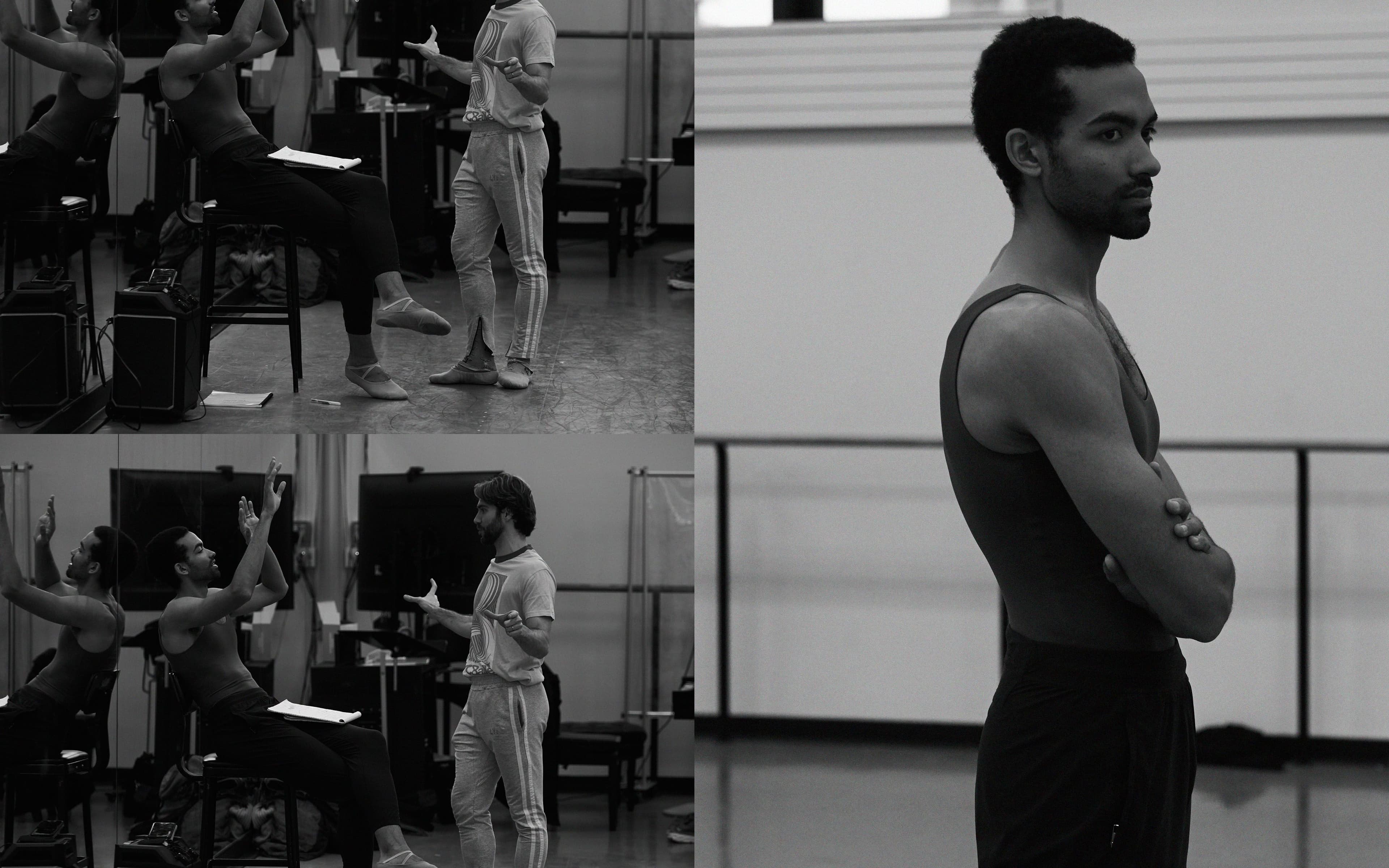
As an example of this, Farley points to the final exercise of any ballet class, called reverence, as “embodied deference“ in a culture he notes “doesn’t have much by way of ceremony.“ During reverence, the dancers bow and curtsy to those who led and accompanied the class. “The idea of bowing to your teacher or bowing to the pianists, there’s at least a part of that that’s showing reverence for what that person is sharing with you,“ he explains.
Farley acknowledges ballet’s exclusive reputation, even as he works to transcend it. “So much of the history of the art form is the inconsistency of [ballet’s noble ideas] with the way ballet is taught, or dancers are treated, or the art form is perceived from the broader culture.“ Even so, he knows the beauty dancers and choreographers can create together is greater than what they can do as individuals. “You see that modeled with all those swans,“ he says, “choosing to all put the right arm up on eight together. Or when that guy is there for the partner as he’s catching [them]. Or when that ballerina is, with aplomb, stepping into balance so that she can hit that moment in the music. That’s her work in collaboration with the conductor and all of the members of the orchestra.“
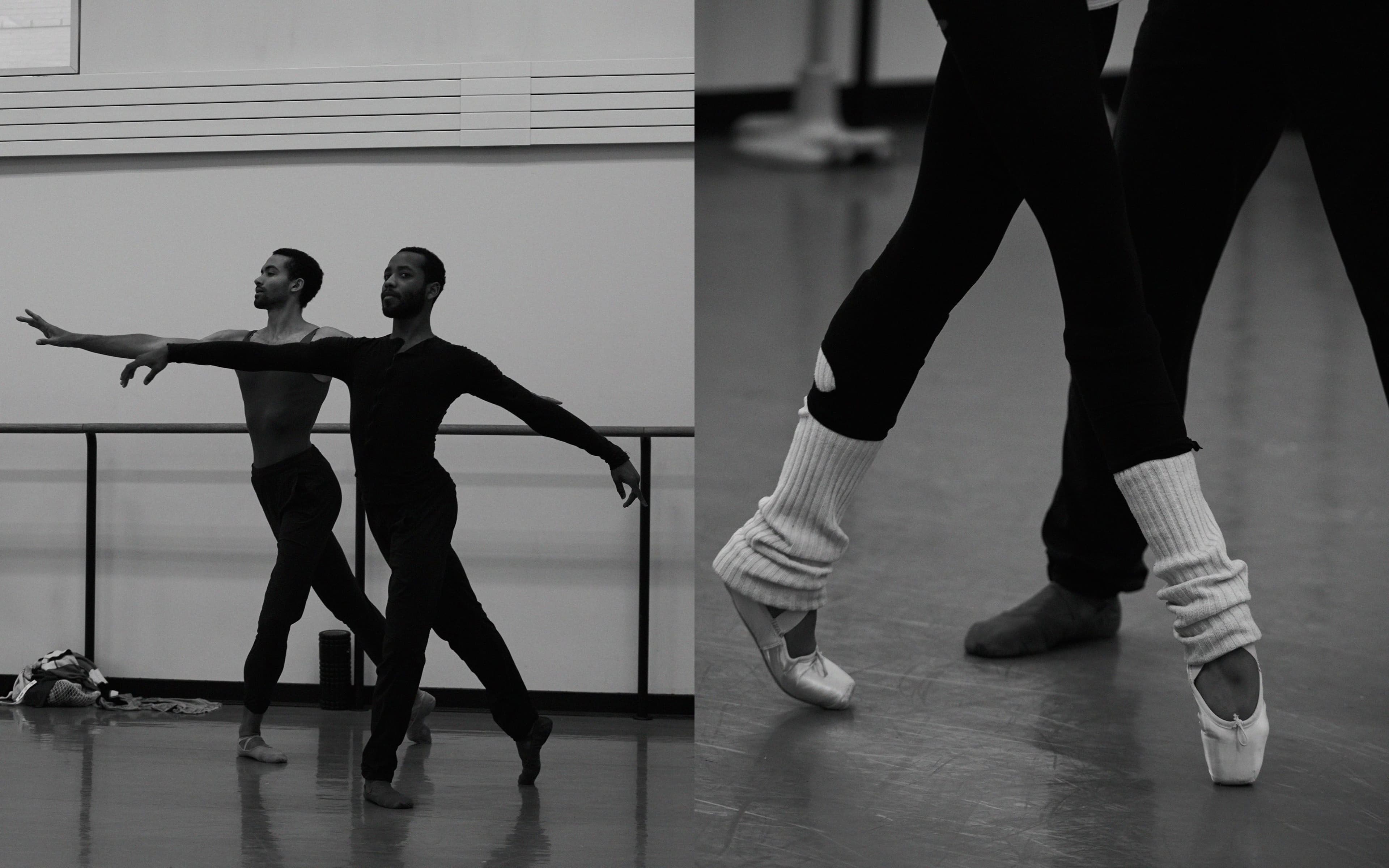
His work as an educator is, he believes, to train dancers not only in technique and artistry, but to help them reframe their ideas of success. “One of my hopes for students at Colburn, and for the ballet going forward,“ he says, is for young dancers “to see it as a privilege to participate in it in any capacity. Whether you end up becoming someone who’s in the audience; you become somebody who supports ballet; or champions, choreographs, or writes about dance; or is a stagehand; or somehow part of the ecology of dance or ballet, that all of those are noble dimensions.“ In other words, he is equipping them for a life beyond performance—the same long view that has allowed him a rich and varied career, so that others may answer the “call of dance“ in their own ways.
New York City Ballet will perform “Architects of Time“ today and tomorrow. See the full Live in New York series here.
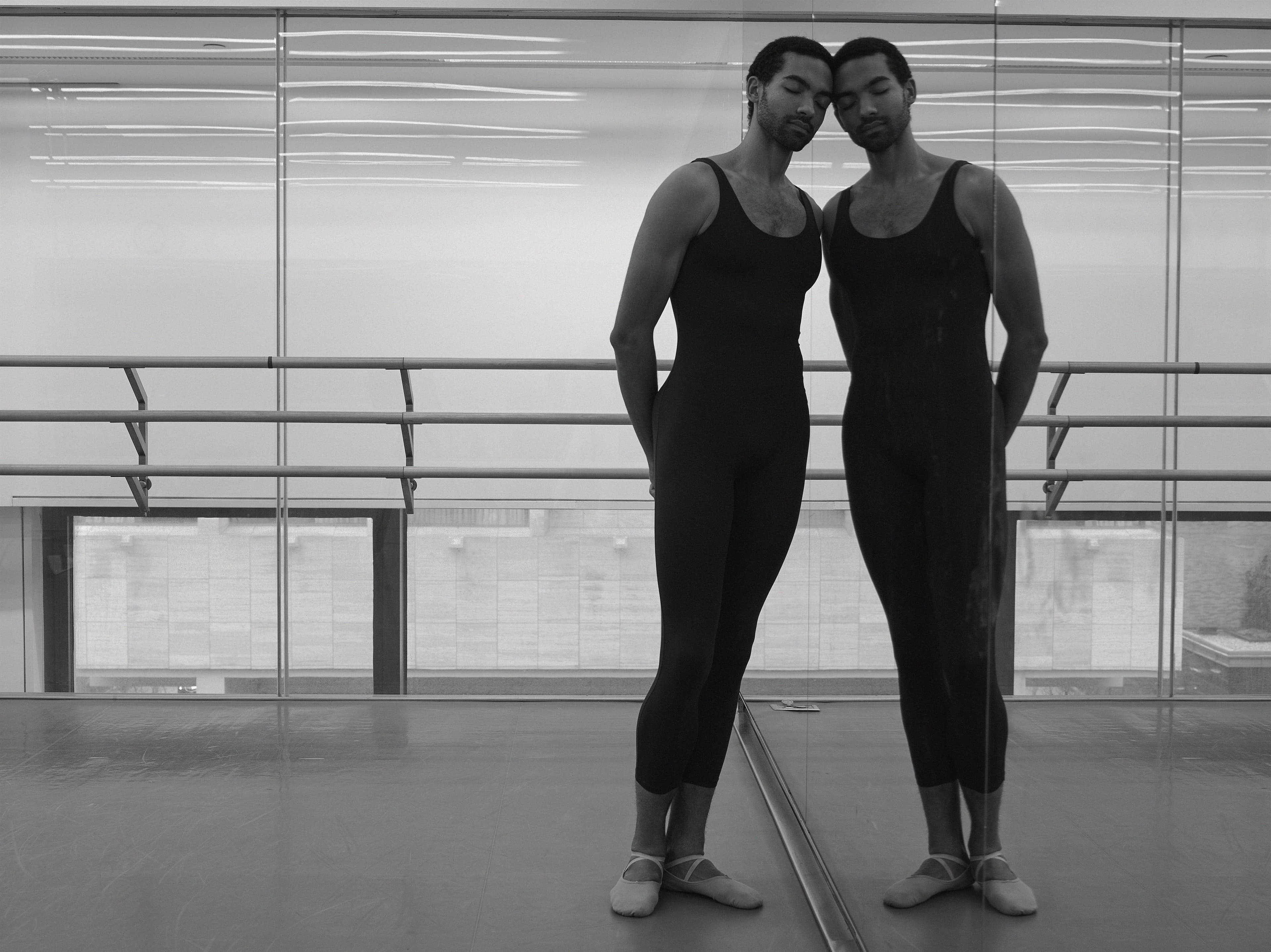
As a nonprofit arts and culture publication dedicated to educating, inspiring, and uplifting creatives, Cero Magazine depends on your donations to create stories like these. Please support our work here.
